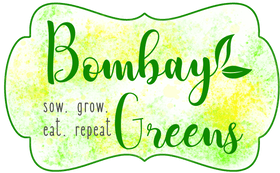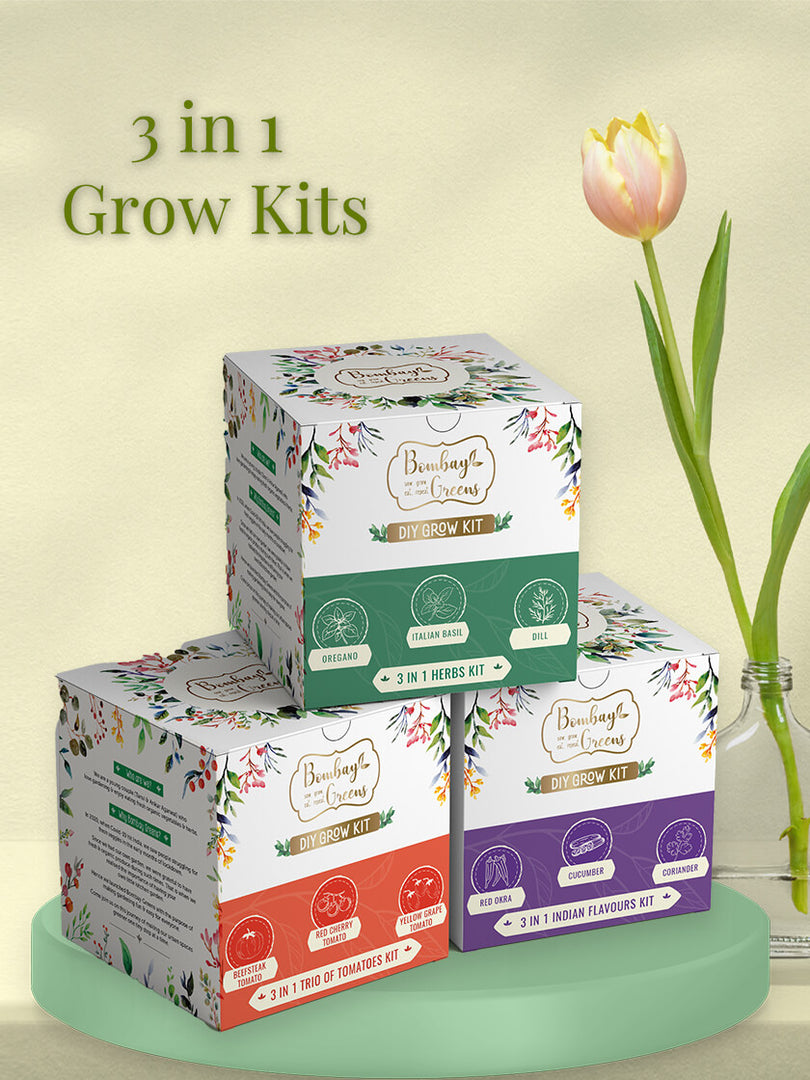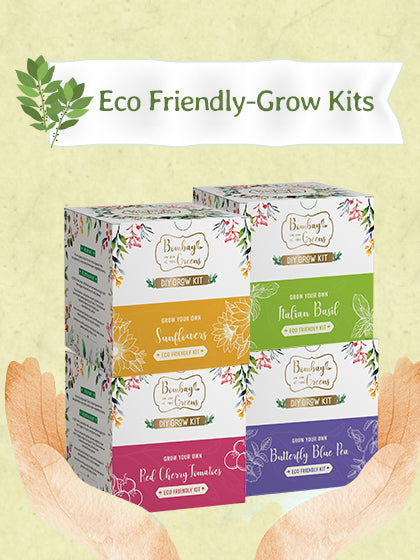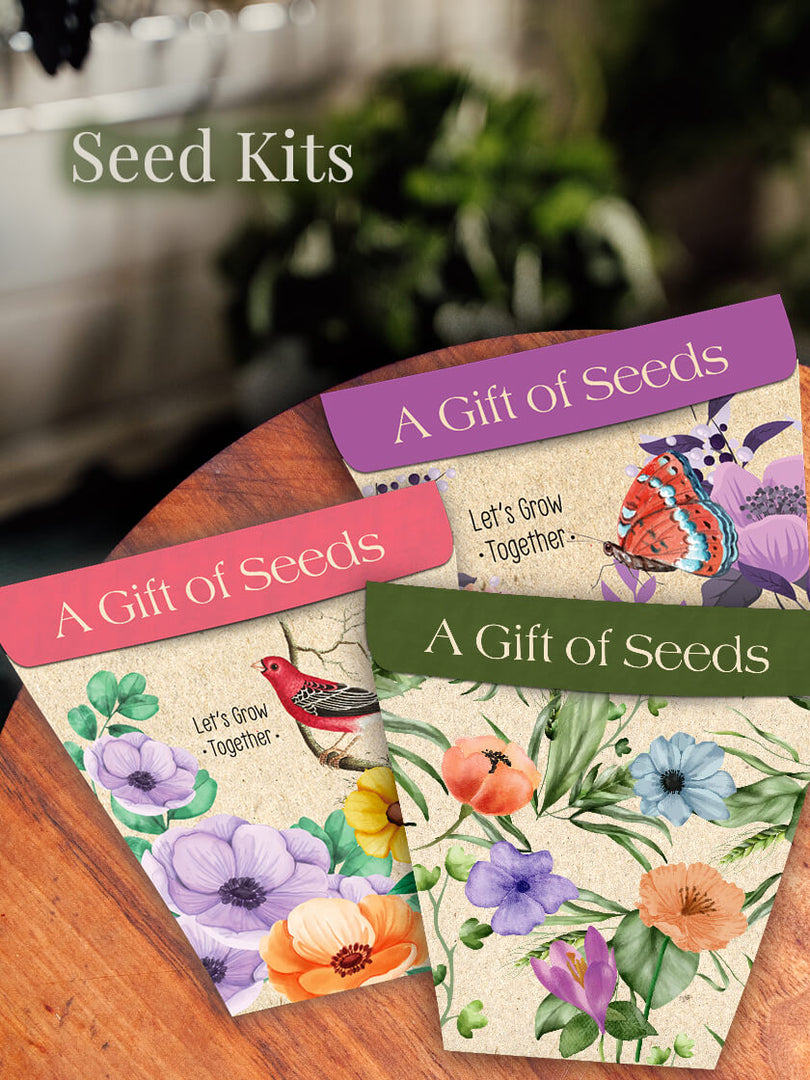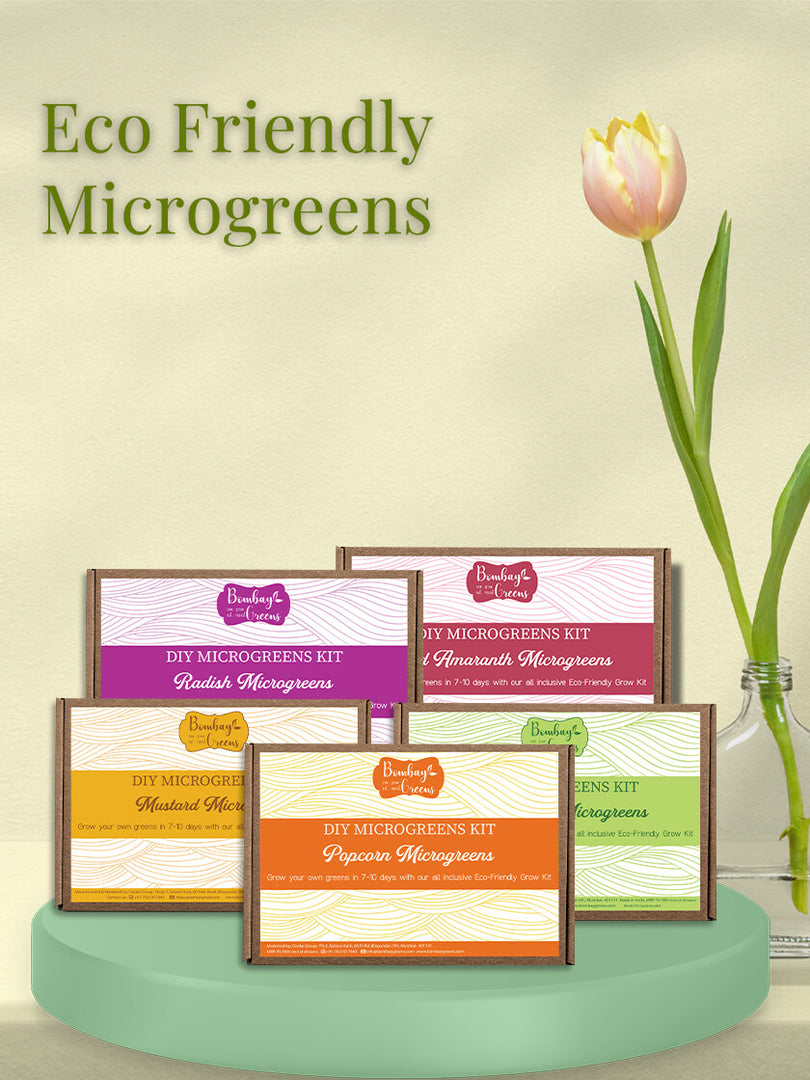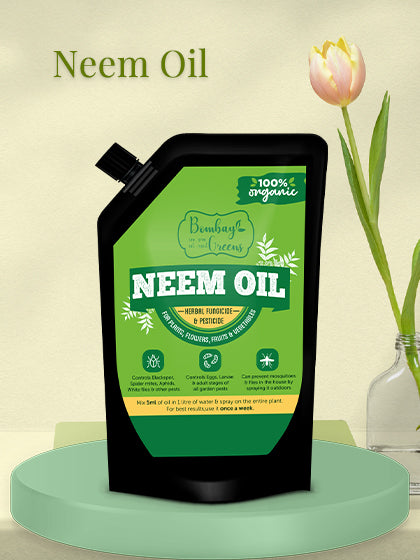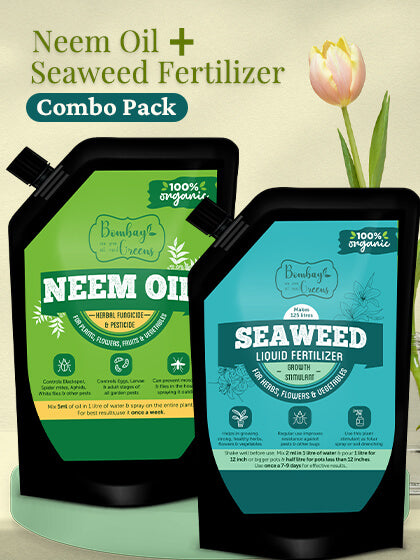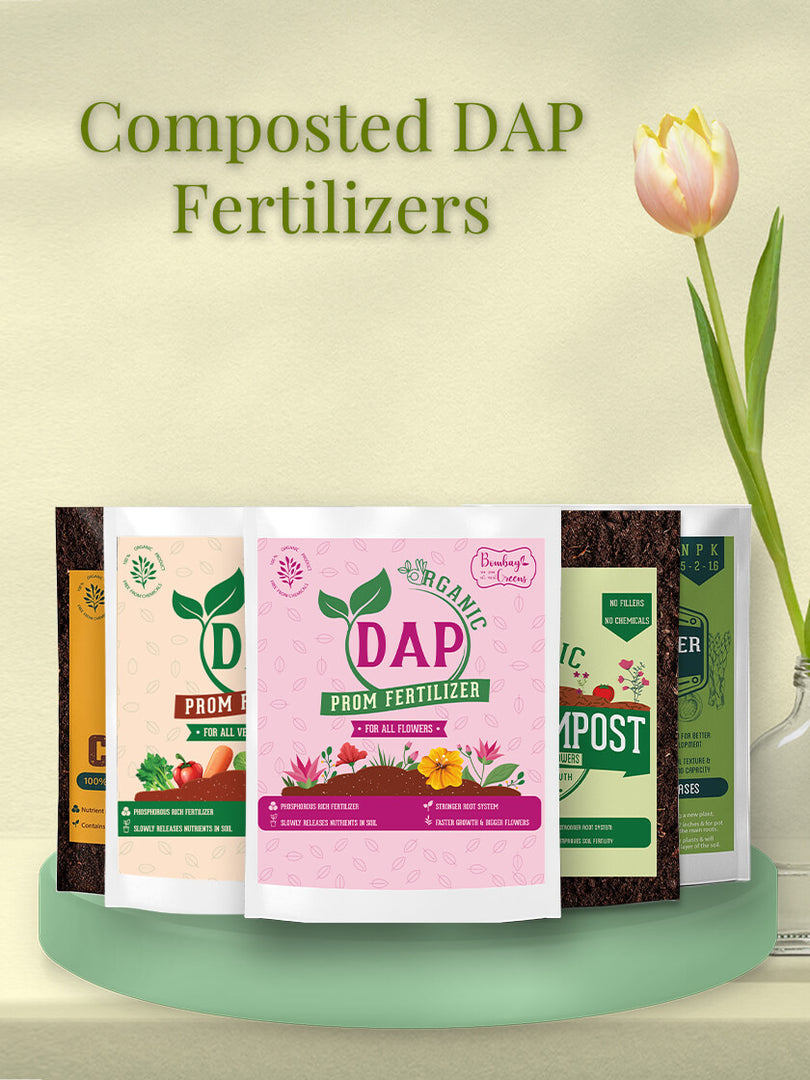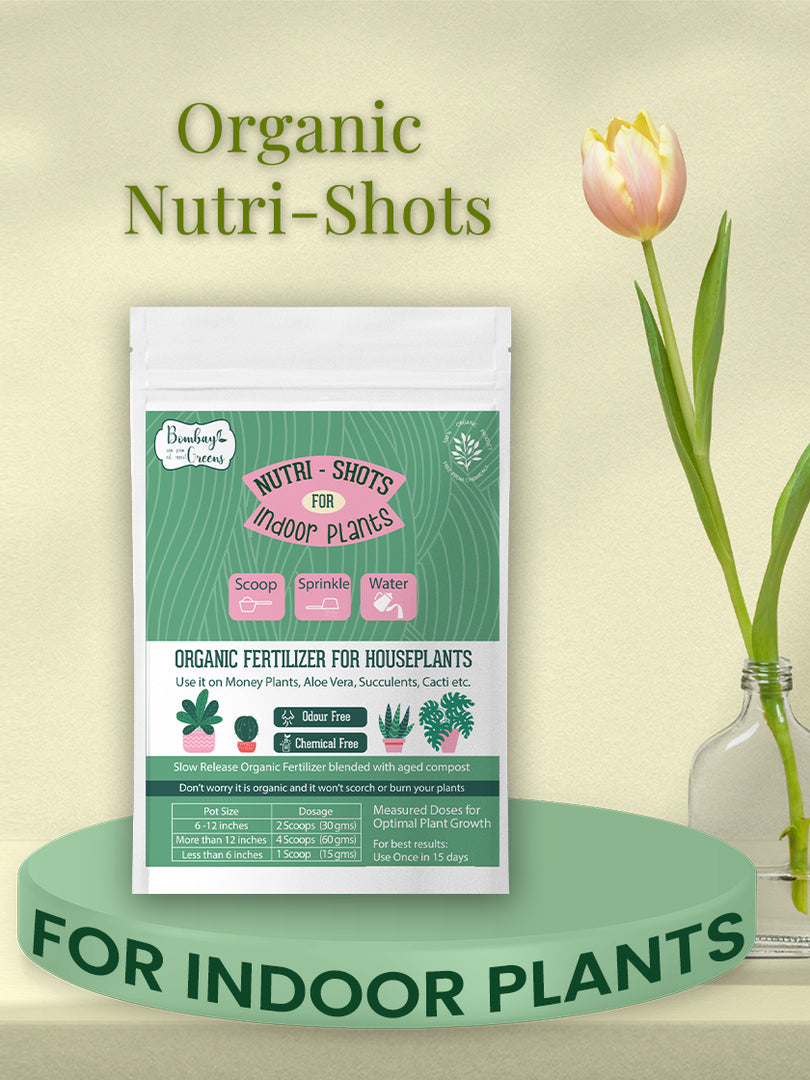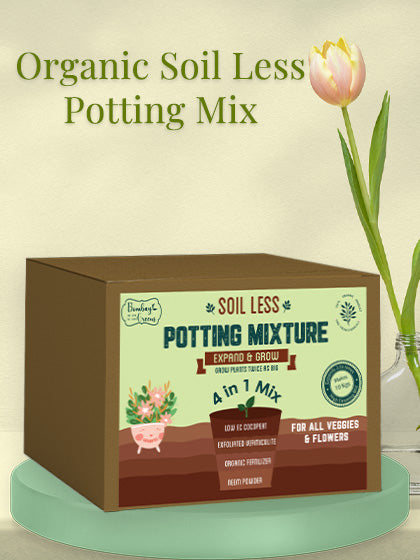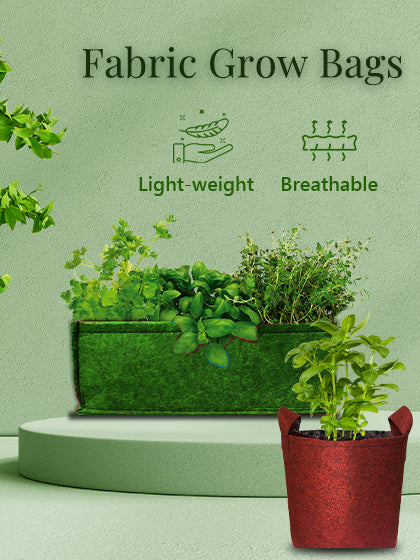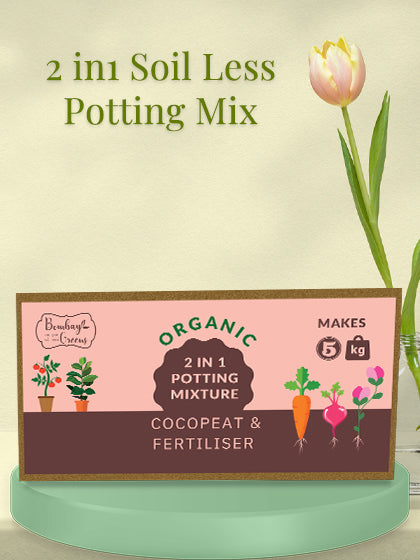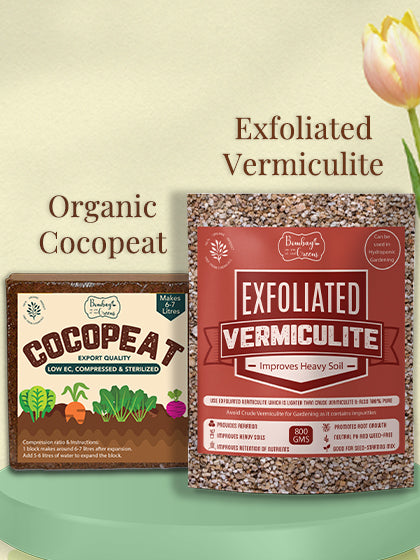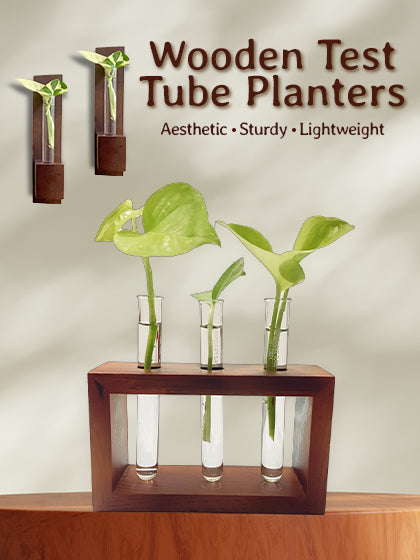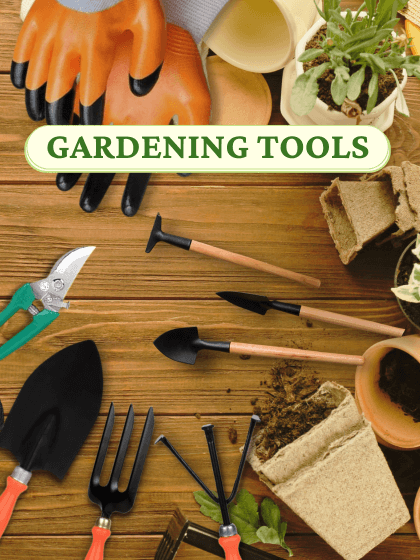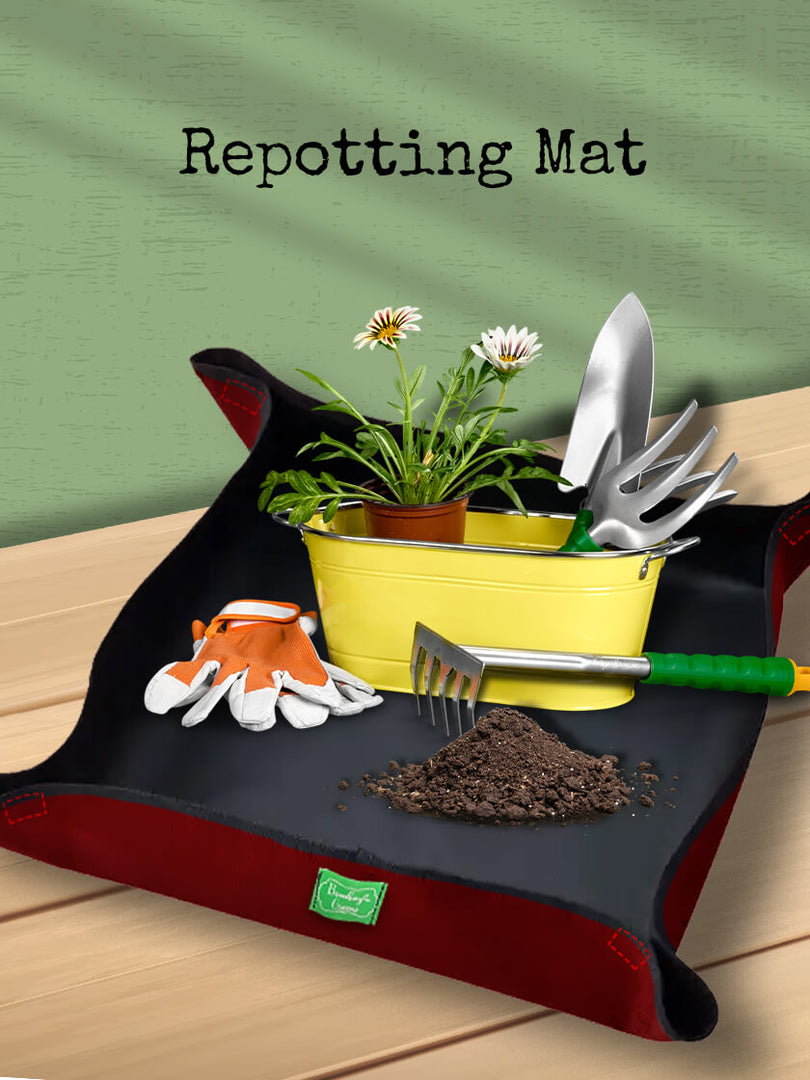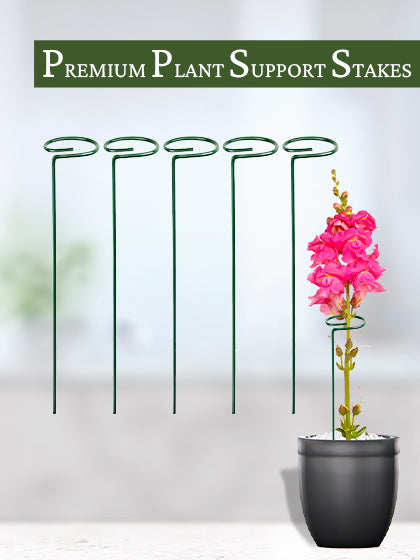
You will find them almost everywhere in soup, salad, sauce, sandwiches, or pickles—such is their versatility. Yes, as our title suggests, today, we are here to share our take on growing and taking care of tomato plants.
If you're looking to grow a kitchen garden or someone who's looking to amp up their game at kitchen gardening, this blog is for you. Here are snippets of what we are about to discuss:
1) Do your research
2) Keep your soil ready for the seeds
3) Know the requirements
4) The Ultimate plant growing tool—3 IN 1 DIY Grow Kit
Do your research
It is essential to know about something in detail before joining the bandwagon. Here is a comprehensive list of questions that can help to understand tomato gardening basics better. However, feel free to research further in the direction where your curiosity takes you.
1. Which tomato varieties are best suitable for Indian soil?
Let's start the list with the Red cherry tomatoes —something that a beginner can start with. This variety is easiest to deal with as the yield is good with very few issues! Other varieties include Plum Tomato, Yellow Pear, Black Krim, Cherokee Red, Beefsteak tomatoes, and other open-pollinated tomatoes.
2. How do you select the suitable types of tomato seeds?
Based on individual requirements, the tomato seeds can be selected from two big categories: determinate and indeterminate tomato types. The former type develops shoots until flowers bloom on the vine and produces crops throughout the growing season. The latter type the flowers bloom alongside the shoot and produces one large crop, which dies towards the end of season.

3. How should you ready your soil for the tomato plantation?
Tomatoes are a warm-seasoned crop, thereby it needs a temperature setting of between 21 to 27℃, especially for faster seed germination. Therefore, it is probably the best choice to choose the sunniest spot from your garden to grow tomatoes.
4. Which are the common issues that you find with tomato cultivation?
Several pests and diseases can affect tomato yield, the most common of all the threats are fungal diseases. Several factors contribute to these including, inadequate watering, excess humidity, overcrowding of seeds during cultivation, improper aeration of the soil.

5. Which is the best month for planting and harvesting tomatoes?
The best time to plant tomatoes is after the monsoon, probably by the end of September. This is a time when the temperature is neither too warm nor too cold, thus aiding them to germinate faster and the plant will start bearing fruits by December.
KEEP YOUR SOIL READY FOR THE SEEDS

As already discussed, a few prerequisites should be met before heading out to sow the seeds. The first thing you must do is to ready your soil for the seeds.
Loamy and sandy soil types are best suited for tomato growth; however, the soil shouldn't be very humid or moisture-retained as it will hinder seed germination. The soil should be well-fertilized with well-rotted compost. If planting tomatoes in containers, ensure you use potting soil for the purpose. Tomatoes grow healthy in soil with neutral pH i.e., not too acidic or alkaline. If you feel that the soil has a high pH level, it can be reduced with fertilizers containing ammonium sulfate. And for the low pH level of the soil, enhance it by using lime in the fertilizer.
The next step is to select the suitable seed variety that serves your purpose. We've built a step-by-step guide for you to achieve this goal:
1. Decide the size of your plantation, whether you're planting it in your kitchen garden or are you planning to do full-fledged farming.
2. Determine which growth style serves your purpose of the plantation. For instance, determinate varieties have a short lifespan; wherein all fruits mature at the same time. An ideal set-up if you're residing in colder countries. On the other hand, the indeterminate varieties keep fruiting throughout the season. These varieties are beneficial in countries that have a longer growing season to produce larger-sized fruits.

3. There are different fruit varieties with different maturity times for the fruits. These are: early-season variety (less than 55 days-69 days), mid-season variety ( lasts between 70-84 days), and late-season variety (lasts between 85 days or more).
4. Decide the purpose of your harvest to choose the best tomato plants. For instance, if you are growing tomatoes to include them in your curries or salad, then go with cherry tomatoes; on the other hand, you will need bigger and meatier tomatoes for making sauces.
How to take care of your tomato plant?

Now that you have sowed the seeds, we'll discuss other factors that enable healthy growth in plants: watering requirements and the fertilizing routine.
Warm soil can accelerate early root growth. However, the plants need plenty of water throughout their growing season. It enables calcium from soil to move inside the plant and prevents plant diseases like blossom end rot.
However, measures should be taken to allow the soil to dry out between two waterings. This reduces any chance for fungus or mould building.
When growing tomatoes in pots, ensure the pot have sufficient holes in the base to drain out extra water preventing any mouldy residues from settling in. Another substitute for traditional planters is fabric grow bags, which you should consider using for your plants while growing indoors. It comes in various bag sizes according to the plant size. A 12*12 inches bag is appropriate to grow tomatoes.
Plants need fertilizers to grow better. While we would suggest you use organic fertilizers over artificial ones any day for the added benefit that organic fertilizers bring to the soil.
It is essential to include the right mix of organic slow-release fertilizer and liquid organic fertilizer in the plant fertilizing routine, especially when you're growing plants indoors.
While the organic slow-release fertilizer can feed the plant continuously, the organic liquid fertilizer provides instant nutrition to the plant.
The ultimate plant growing tool—3 in 1 DIY Grow Kit

Bombay Greens' 3 in 1 DIY Tomato Grow Kit is everything that tomato lovers need in their lives, especially those living in apartments. The kit includes three types of seeds, growing pots, compressed coco peat pellets, organic fertilizer, plant markers, and a growing guide. For its ease of use, it can be an ideal choice to gift to your loved ones who are new at gardening. The completeness of this kit can save you from the struggle of collecting the resources from different places, ultimately saving you the time you can spend on taking care of your precious plants!

Tanvi Agarwal - Co-founder
Driven by a deep-seated love for nature and a keen entrepreneurial spirit, she co-founded Bombay Greens, transforming urban spaces into thriving green havens. Recognizing the need for accessible and sustainable gardening solutions in the bustling city, she poured her passion into building a brand that empowers individuals to cultivate their own green spaces, regardless of their location or experience. Her vision extends beyond simply selling gardening items; it's about fostering a community connected to nature, one balcony, rooftop, and windowsill at a time.
Back to top
